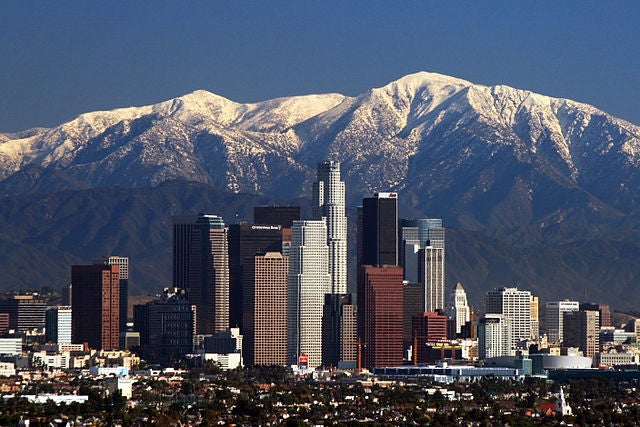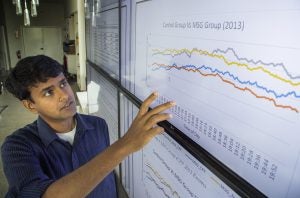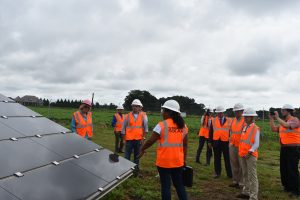 West Virginia Gov. Jim Justice just pitched a coal boondoggle to President Donald Trump. And boy oh boy, it’s a doozy.
West Virginia Gov. Jim Justice just pitched a coal boondoggle to President Donald Trump. And boy oh boy, it’s a doozy.
Justice, who made news recently for announcing at a Trump rally that he was switching from the Democratic to the Republican party, is a billionaire climate denier who owns a host of companies, including a golf course and casino and who put his children in charge of his empire while he is governor. Sound familiar?
He also owns several coal mines and was delinquent on $2 million in mine safety violations until a 2014 story by National Public Radio prompted him to start paying his fines.
So let’s have a closer look at the governor’s pitch. Turns out, it’s a really lousy deal for American taxpayers and coal workers alike – while doing nothing for energy security. Read More












 Be Prepared. It’s not just the Boy Scout motto, it’s also the way most smart businesses try to operate. Better to anticipate future compliance issues today and bake them into your forward planning, than to be caught flatfooted tomorrow.
Be Prepared. It’s not just the Boy Scout motto, it’s also the way most smart businesses try to operate. Better to anticipate future compliance issues today and bake them into your forward planning, than to be caught flatfooted tomorrow.
